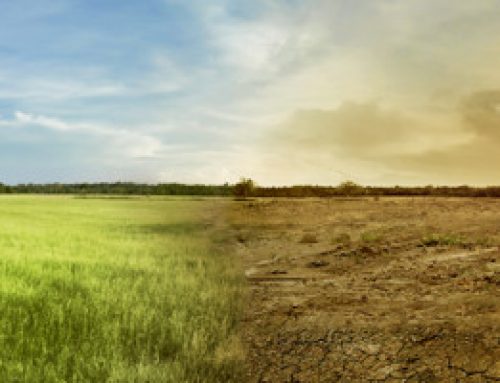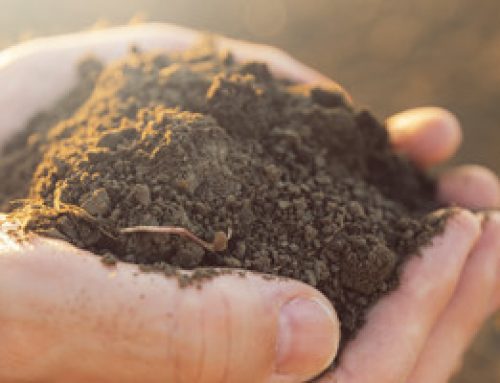Niagara’s unique geography and environment contribute to residents’ and visitors’ quality of life and provide an iconic setting for specialized business opportunities. When we appreciate, understand and protect our natural assets, and take a thoughtful approach to waste management and climate issues, we are building a sustainable future.
National Context
Over the past 20 years in Canada:
- Residential use of energy has reduced by 20%, with 82% of Canadians taking measures to reduce energy consumption
- The total land base in Canada devoted to farmland fell by 7.0%
- Absolute Greenhouse Gas emissions increased by 11.7%, leaving Canada far from the trajectory required to reduce emissions to a rate that avoids dangerous climate change.
Source: Canadian Index of Wellbeing National Report, 2016
Rating
Environment
How Niagara is doing in the Environment Sector in 2017:
3 – Of concern, requires attention
Amount of progress currently being made in the Environment Sector in Niagara in 2017:
C – Some progress is being made
Happening Now
- The Niagara Source Water Protection Committee is on track to meet Ontario Clean Water Act requirements. Seventy per cent of policies set to address significant drinking water threats have been implemented in accordance with timelines. The remaining thirty per cent are in progress.
- In 2016, a total of 18 businesses representing 13% of Niagara’s workforce were Carbon Project members. They learned how to reduce their Greenhouse Gas emissions and environmental impacts, while benefiting from increased efficiency and education.
- The 2016 Census of Agriculture in Niagara shows there are 1,827 farms (187 fewer than 2011), covering 218,251 acres (4,660 less than in 2011), and most are under 70 acres in size. Since 2011, the number of livestock farms reduced, and greenhouse vegetable production increased. The average age of Niagara farmers is 56, compared to 57 for the Golden Horseshoe and 55 for Ontario and Canada.
- Community gardens are being established in neighbourhoods across Niagara, offering opportunities for people to gain skills and knowledge about food, connect with others, and enjoy nature.
- The Niagara River Remedial Action Plan (RAP) Group reports that over the past 50 years, major clean-up efforts have reduced discharges of pollution and toxic chemicals. The river has been successfully remediated from one of the most degraded places in North America to one of improved health recognized for its contribution to global biodiversity. The goal is to see the Niagara River (Ontario) delisted as a Great Lakes Water Quality Agreement Area of Concern by December, 2019.
What’s Emerging
- The Niagara Agricultural Policy and Action Committee is developing a Niagara Agriculture Irrigation Strategy to strengthen farmers’ ability to produce viable crops in drought conditions.
- Greenhouse cannabis production is increasing in Niagara, and in 2018 Niagara College will launch a Graduate Certificate program in Commercial Cannabis Production. This is Canada’s first such postsecondary credential; it will prepare graduates to work in the licensed production of Cannabis, which is used as a therapeutic drug (Marijuana); fiber (Hemp) and as a source for seed oil (Hempseed).
- Pollinators’ role in a vibrant food system is being addressed through introduction in 2016 of a new Commercial Beekeeping program at Niagara College, and the work of the Niagara Beeway, which focuses on restoring biodiversity.
- In 2015, the Brock University Herbarium became a member of the national herbarium research network Canadensys, which collects, stores and shares data on plant, animal and fungal species in Canada. The network is part of the Canadian Biodiversity Information Facility (BIF), and the Global BIF. Through the herbarium, people at Brock are strengthening plant species inventories and monitoring, to improve understanding of plant diversity in the region.
- Protecting the environment is one of eight response goals in the 2016 Niagara Region Emergency Preparedness Plan, which aligns with provincial requirements. The plan includes prevention of fuel related threats that could negatively impact water treatment plants along the Welland Canal.
Suggested Action Steps
- Support work underway to build socio-economic resilience for Niagara in the face of advancing climate impacts, such as development of a regional agriculture irrigation strategy that optimizes farmers’ ability to efficiently respond to drought impacts.
- Gather diverse players working in the area of the environment in Niagara, to develop measures of progress that support a balanced approach to creating resiliency for a stronger future. Align this work with measuring progress toward implementing recommended actions from the various Climate Action and Sustainability Action Plans previously published in the region.
- Describe the Niagara-wide continuum of planning for green space, tree planting to improve air quality, and valuing our region’s natural capital. Opportunities exist to empower people in Niagara to see they can strengthen their own future and be more connected to their community by taking everyday actions to contribute to a healthy environment.
- Gather information to understand the Niagara-wide landscape for biodiversity preservation and recovery. This will show biodiversity’s vital role in economic and social development, and help planning in Niagara to align with provincial and national strategies related to the United Nations Convention on Biological Diversity.
- Identify opportunities arising from Niagara food systems mapping completed in 2015-2016, to strengthen the ways a healthy secure sustainable food system contributes to a stronger future for Niagara.
Indicators
- Quality
- Climate Change Planning
- Climate Change Community Action
- Agriculture
- Greenbelt Plan
- Green Space
- Land Use Planning
- Costs of Garbage Disposal
- Quantity of Residential Waste
- Quality
- Quantity









